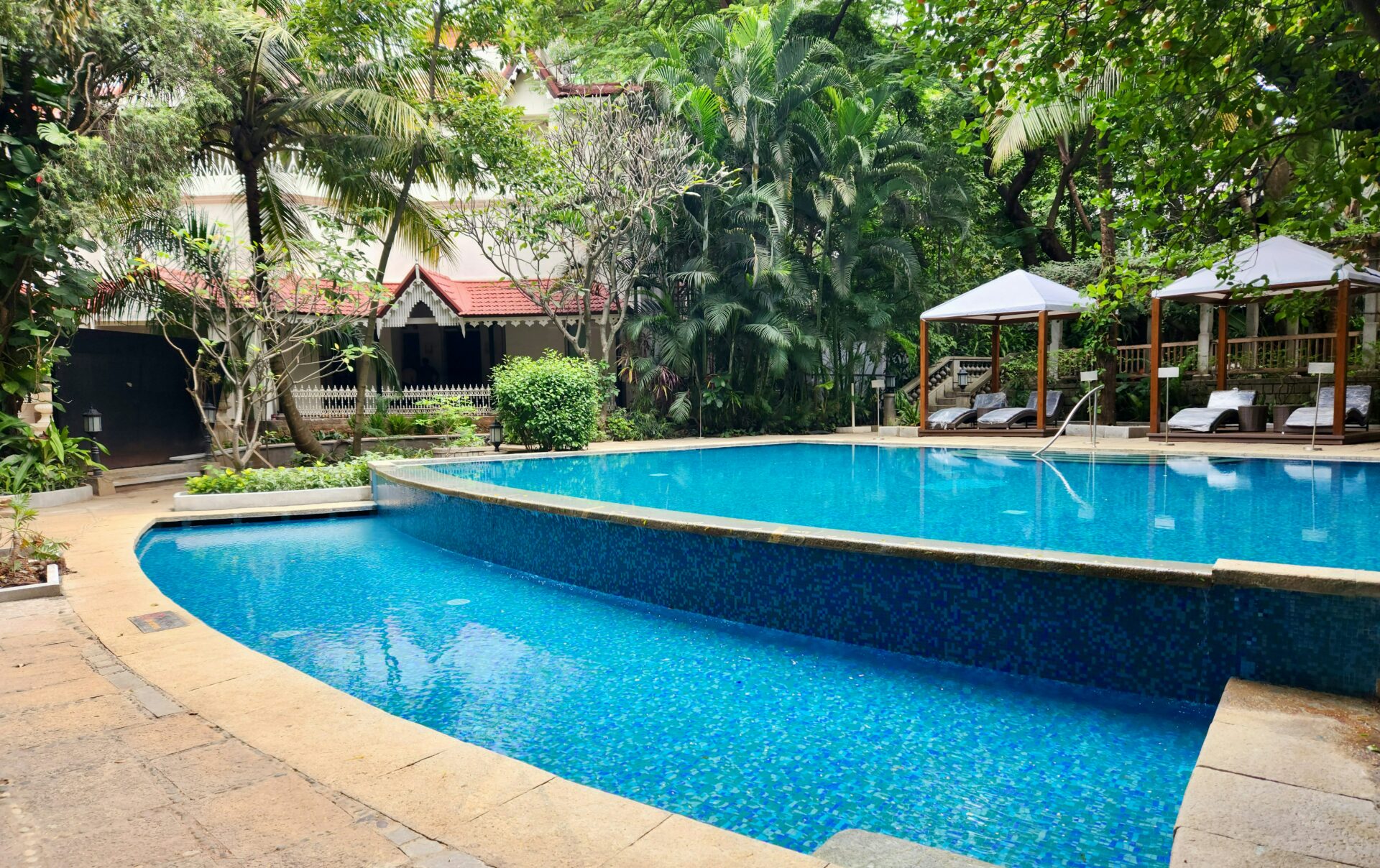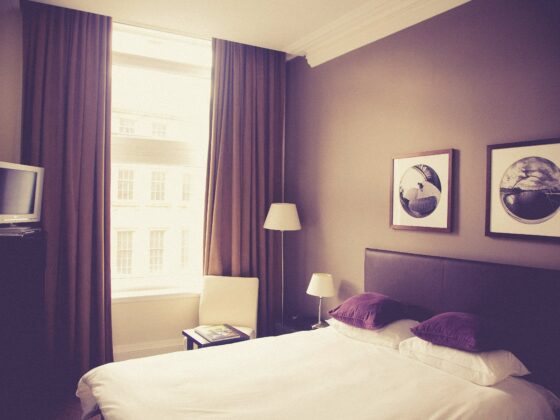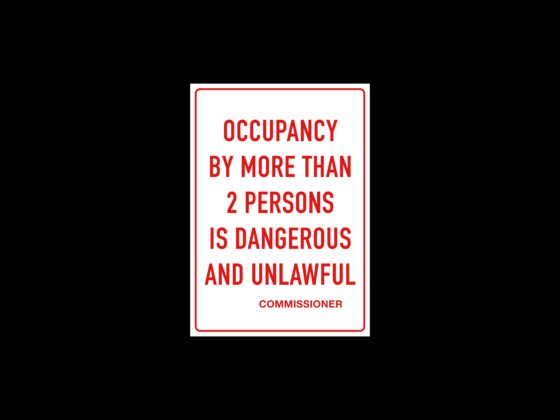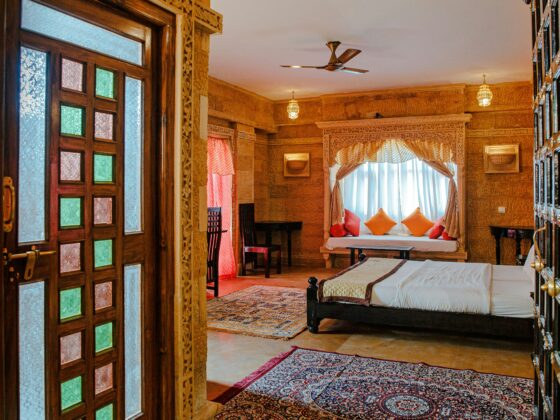Wellness tourism is enjoying a meteoric rise, establishing itself as an essential component of the modern hotel industry. More than just a trend, it responds to a deep-rooted societal need, that of reconciling body and mind in a constantly accelerating world. This trend is being driven as much by the younger generation as by more mature travellers, who are eager for solutions to help them maintain their physical and mental well-being in the face of today’s challenges. At the same time, the sector continues to evolve, offering new approaches to travellers in search of meaning. Innovative concepts such as “analogue wellbeing” and longevity bear witness to this quest for new, sometimes radical, experiences that redefine travellers’ expectations.
Wellness is not suffering from the crisis, it’s benefiting from it
A market in top form
The global wellness market is still going strong, representing 6.8 trillion dollars in 2024 according to the Global Wellness Institute. This growth is unlikely to slow, with a record projection of 8.5 trillion dollars by 2027. And this market is benefiting in particular from the appetite of the younger generations, who are spending lavishly in this area.
Wellness, both physical and mental, has never been as important as it has been in recent years. It is even a priority, both nationally (68%) and globally (67%), according to WHO figures. But the economic context, geopolitical tensions and climate change are all obstacles standing in the way of this quest for wellness.
This quest is increasingly guiding the choices of European travellers, with well-being being the main motivation for a stay (13.8%) according to Mabrian. An increase of more than 4 points between 2019 and 2023, which clearly demonstrates the growth of this market, but also the impact that the health crisis has had on its development.
We are thus witnessing the golden age of wellness tourism, which the Global Wellness Institute describes as ‘travel associated with the quest to maintain or improve personal well-being’. This market is expected to reach 1.3 trillion dollars this year, or around 1/5th of the sector as a whole.
One trend follows another…

Predictions of new trends in wellness are the talk of the town every year, with everyone making their own predictions. The Global Wellness Summit, one of the leaders in the field, has published its 2025 report in which it unveils the 10 trends that will shape the sector, including analogue tourism, which is nothing other than the evolution of the digital detox trend, with a return to creative and manual activities in place of screens.
“Analogue wellness is the idea of a slow journey. With Instagram culture and our constant connection to our phones, we’re finding that more and more people are looking for tips on how to be truly present and deeply immersed in the moment,” explains TJ Abrams, Vice President of Global Wellness at Hyatt, in more detail.
Other major trends identified by the Global Wellness Summit include the rise of teenage wellness, the renaissance of the sauna, the encounter between holistic travel and slow travel, and longevity.
Already highlighted last year by the Six Senses ranking, longevity continues to be the talk of the town. The leitmotiv behind this trend is that ‘it’s no longer about living long, but about living well’. While there is a lot of talk about the younger generations, it is important to realise that the world’s population is ageing, and much more rapidly than in the past. The proportion of people aged 60 and over will almost double by 2050, rising from 12% to 22% according to the WHO.
… or not?

Until now, this trend has been linked to another well-known one, bio-hacking. But according to Accor, travellers will be moving away from bio-hacking this year in favour of scientifically-based advice and methods. This is no longer a time for quick and effective solutions, but for long-term remedies that can prove their effectiveness.
Improving one’s health is at the heart of a number of trends, such as sports wellness breaks, dietary and detoxifying diets, “brain fitness”, sleep retreats and hormone health programmes.
But wellness in 2025 will push the envelope even further, particularly in terms of personalisation, which is a key issue for 82% of consumers. The increasing use of technology in the sector is also moving in this direction. In parallel with all these (r)evolutions, more and more travellers are advocating a return to basics, centred around the fundamental pillars of wellness: movement, nutrition and mindfulness.
“In 2025, wellness will go beyond passing trends and be based on science and authenticity. With consumers increasingly choosing truth over hype, the future of health will be defined by a mix of technology, trust and transparency. The path to true wellness is clear: informed choices, sustainable habits and a holistic approach to the whole being.” – Emlyn Brown, Senior Vice President of Wellness, Strategy, Design and Development at Accor
All these trends confirm the direction that wellness tourism is taking these days. It’s no longer a question of simply lying on a massage table, but of actively participating in a holistic approach.
If you would like to read the next parts of this analysis, which will focus on the rise of greater wellness and the profitability of wellness for hoteliers, subscribe to Hospitality ON and discover new analyses on hospitality-related themes every week.








